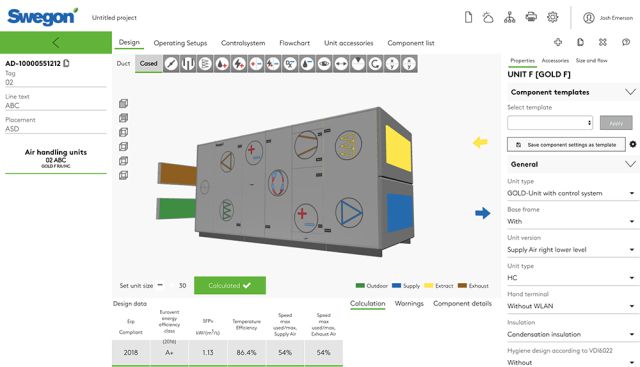Swegon offers AHU design tool

Swegon has launched the product selection program AHU Design. This web-based selection tool makes it easy for engineers to design and configure air handling units and carry out advanced energy calculations using built-in modelling to ensure that the solution is the right one for the lifetime of the building.
The company’s Gold, Silver C and Compact AHU ranges are based on standard designs. This means all data is well documented, such as pressure drops and airflows, which allows the system designer to extract exactly the right data for the project in hand.
The smart control functions in Gold are built-in as standard, this means that each unit is extremely capable and flexible. There is no need to add expensive optional extras and conduct time-consuming on-site work. All Gold AHUs have also achieved quality certification from both Eurovent and the Passive House Institute.
Swegon's units must also fit into the overall design of the building. That is why the company has made it easy to transfer CAD data from AHU Design via plug-ins to Revit and Magicad.
This development is another aspect of Swegon’s ongoing commitment to simplify design and installation work for building services engineers and contractors. It aims to ease the process from early stage design through installation and commissioning to ensure best results throughout the product’s operational life.







